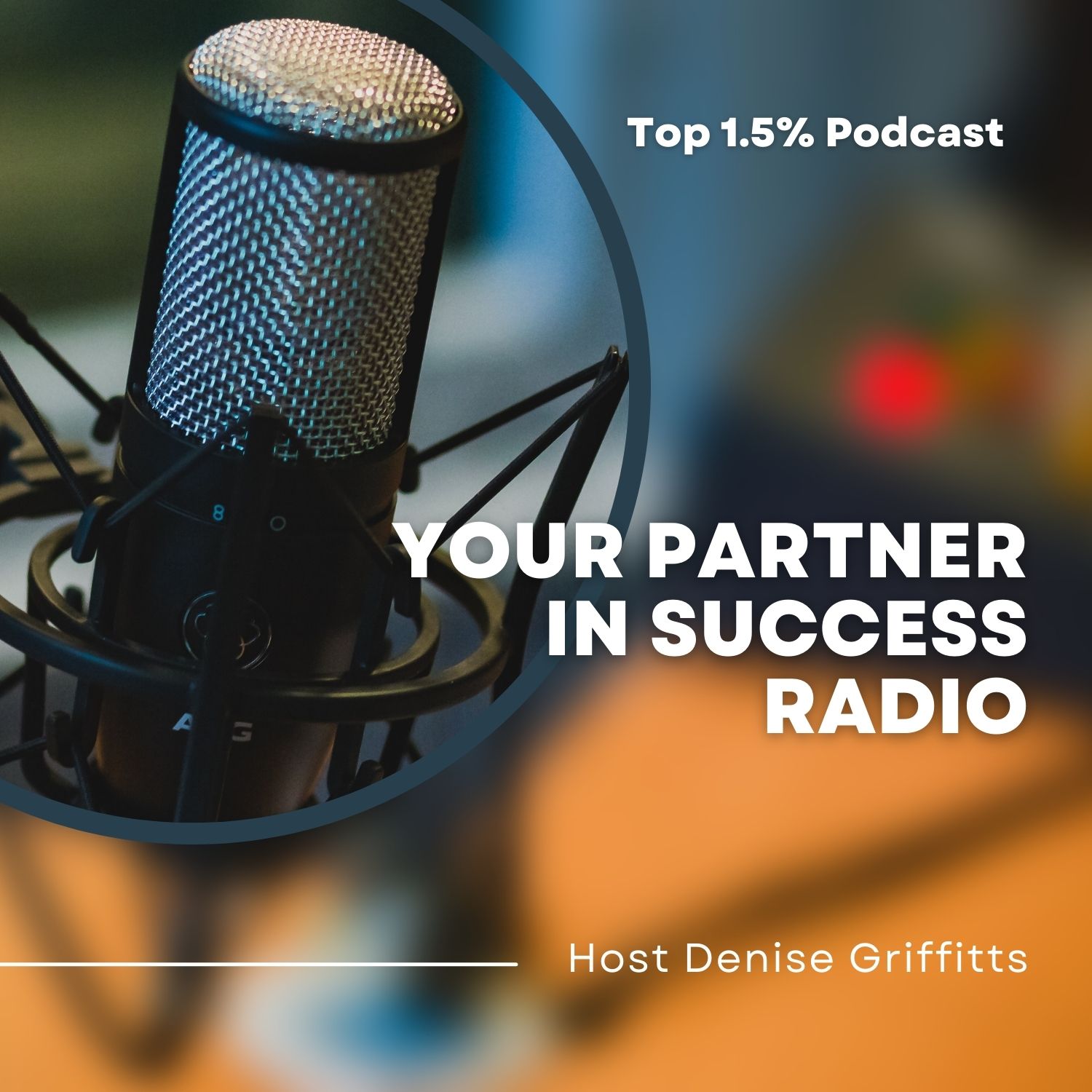
From Vanity Metrics to Real Impact: Measuring True Podcast Success
Charts? Unreliable.
Downloads? Murky.
Global audience, long-term consistency, and trust? That’s the real currency.
Nobody — not even the platforms themselves — agrees on what a download or a ‘listener’ really means. That’s why I don’t hang my hat on raw numbers.
Podcast metrics are notoriously murky — every platform defines downloads, listens, and charts differently, and even industry insiders admit the numbers can be gamed. That’s why I tell my podcast sponsors up front: I don’t claim to know my exact download counts, and frankly, neither does anyone else. What I do know is that I’ve been hosting Your Partner In Success Radio for more than 17 years, I have a loyal global audience, and I’m ranked in the top 1.5% of podcasts worldwide by Listen Notes, which tracks over 3 million shows. While no metric is perfect, it’s one of the few independent benchmarks we have in this industry.
Longevity, trust, and listener engagement matter far more than inflated numbers, and that’s the real measure of success in podcasting.
What sent me down this rabbit hole this morning?
This article by Caitlin Huston. This story appeared in the Aug. 13 issue of The Hollywood Reporter magazine
Why podcast metrics can’t be trusted: “I can’t believe how many people are dishonest about this stuff.”
Every podcaster agrees that getting on top of the charts is good: for discovery, for brand partnerships, for bragging rights. But most are in the dark about the various methodologies behind the charts on platforms such as Apple and Spotify. In general, there’s a consensus that the rankings are not indicative of a show’s success or overall audience. All of this speaks to overall murkiness around metrics in the fast-growing industry and the possibility that they might be manipulated.
There’s a sense in the industry that the chart rankings are swayed by sudden influxes of subscribers rather than total audience. Spotify’s top podcast chart is updated daily and determined “by combination of overall follower counts and the number of recent unique listeners,” according to the company. Apple, meanwhile, says its charts are updated throughout the day based on listening, follows and completion rate.
Meanwhile, YouTube, which is the most popular podcasting platform, launched its own top podcast charts in May and ranks shows weekly by watch time.
Each podcast has its own first-party data that agents can use, along with other metrics (like social media following and repeat listeners), to help sell the show. But across platforms, the definitions of downloads, listens or views can also differ, making it difficult to assess how popular a podcaster actually is.
A fixation on the current metrics also has led to a cottage industry of companies that allow podcasters to buy a certain number of downloads or followers. Asked how commonly this is used, Dan Misener, co-founder of the podcast marketing firm Bumper, says he’s seen it happen “a lot,” particularly for podcasters looking to rank on Apple’s charts.
“The deeper problem within our industry around measurement is that the yardstick is broken, and the de facto currency that podcasting uses sets up some really perverse incentives, such that people chase downloads or followers,” Misener notes.
Bill Simmons, head of talk strategy at Spotify and a popular podcast host, called it out as one of the biggest challenges facing podcasting. “I’d say some of the bigger shows lying publicly about their deals, lying about their podcast numbers and lying about their YouTube subs (by paying for those subs). I can’t believe how many people are dishonest about this stuff,” Simmons tells THR.
(Apple says its charts take additional factors into consideration to make its rankings fair and that “altering podcasts with the sole intent of increasing chart rankings is discouraged.”)
Downloads had been seen as one key industry metric, but those numbers also are wonky as changes to Apple’s operating system continue to negatively impact the numbers. Shows also can see an unexplained surge or decrease in downloads as they migrate the RSS feeds from one hosting platform to another as part of a new deal. Additionally, as podcasts are increasingly consumed via video, views are becoming more important, while video episodes on Spotify and YouTube do not count toward downloads.
As podcasts evolve, creators have adapted to include live events, big brand deals and more, which also falls into the overall calculation of a show’s success. For his part, Misener says he urges his podcasting clients to look at total audience, playback and time spent for growth patterns.
“The best measure of a podcast isn’t a download count — it’s whether your listeners come back, share episodes, and take action on what they hear.” — Denise Griffitts, Host of Your Partner In Success Radio
In the end, chasing downloads or obsessing over chart positions misses the point. Numbers can be inflated, charts can be gamed, and definitions change from one platform to the next. What doesn’t change is the bond between a host and an audience. After nearly two decades behind the mic, I’ve learned that trust, consistency, and genuine connection will always outlast vanity metrics. That’s the real success story behind Your Partner In Success Radio.
